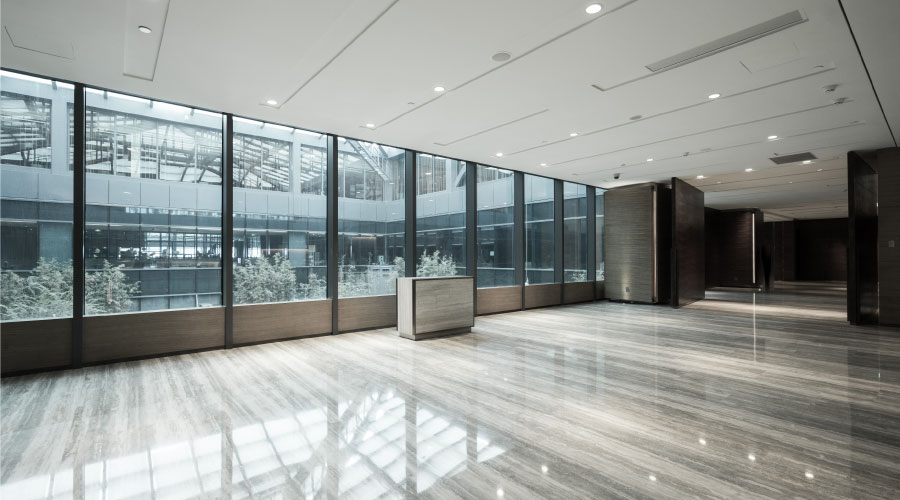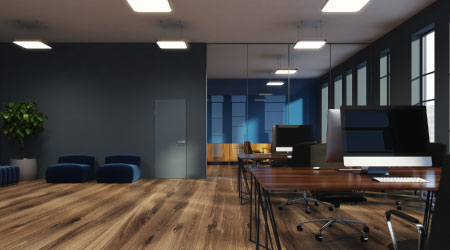Key Terms To Know When Choosing Floorcoverings
With so many different floor-covering products on the market, and so many terms related to them, it is challenging to know what all the terms mean, if and how they are important, and what you should think when you hear them. There are terms that have been tossed around for years that actually have very little bearing on the quality of a product, yet are a concern for many facility managers when they are thinking about a floorcovering product. It is certainly important to understand what a rep or flooring contractor may be telling you about a product and to know how much weight you should give the terms being used. Here are some key terms to know when choosing floorcoverings.
The place to start is with the substrate since that's the foundation on which all of the flooring materials will be placed. Moisture and alkalinity are the two most important terms to be aware of. Concrete never dries completely; moisture is always a component of concrete. Alkalinity is also always a part of concrete chemistry; concrete is alkaline. Both moisture and alkalinity can compromise a flooring installation. You have to test for both regardless of how old the slab is and whether it is below, on or above grade — even if above-grade is 50 stories up. Understanding both these terms can make the difference between a successful installation and a catastrophic failure.
Next, let's look at carpet, the most complex type of floorcovering. Face weight gets a lot of attention. People think the weight of a carpet has a direct relation to its quality or how it will perform. Face weight means the weight of the yarn above the backing in a square yard of carpet. More yarn above the backing adds more weight to the product. This might be nice for your bedroom or a lush, formal room of a house, but it isn't so great for commercial carpet. You want high-performance, which means low, tight, and dense. Kind of like comparing a couch potato to a chiseled athlete. Total weight is the total weight of the product which includes the backing. This really doesn't have much to do with performance or quality.
Yarn is what is on the face of the carpet. It can be nylon, wool, polyester, polypropylene, or a combination of those and then variants of those as well. Most commercial carpet is nylon. Very little polyester or polypropylene is used in true commercial applications. High-end hospitality — casinos or five star hotels — will use woven carpets of 80 percent wool and 20 percent nylon.
Dyes or colors can be applied before the yarn is placed into the carpet, which is known as pre-dyed, or after the carpet is made, which is called post-dyed. The color can also be an integral part of the fiber. That's known as solution-dyed yarn. To picture solution-dyed yarn, think of a carrot. The color goes all the way through. With the other dye methods, either pre- or post-dyed, think of a radish. The color is only on the surface. You want solution-dyed nylon because it is much more resistant to fading and staining. This does not mean fade- or stain-proof but resistant. Nothing is fade- or stain-proof.
Pile height is the height of the fuzzy stuff above the carpet backing. It can be comprised of cut, loop and cut, or loop configurations. This gives you the look of the face of the carpet.
Related Topics:














